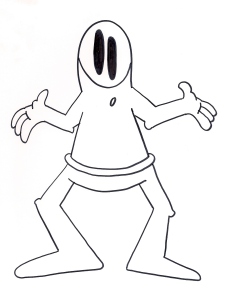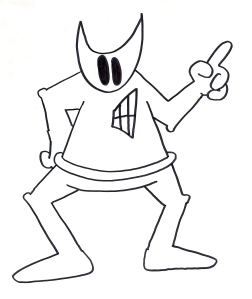 It’s hard to go back and dig the movies you loved in childhood as much after becoming an adult, but I’d say Meet Me in St. Louis stands the test of time. This favorite of old has a real evergreen quality, with charming, tuneful songs, able performances and vibrant direction.
It’s hard to go back and dig the movies you loved in childhood as much after becoming an adult, but I’d say Meet Me in St. Louis stands the test of time. This favorite of old has a real evergreen quality, with charming, tuneful songs, able performances and vibrant direction.
So why haven’t I seen it that often?
It’s not always on TV; there’s one reason. And the fact is, I chanced upon it last night on the telly. For some reason, I don’t seek it out like I do other movies. I guess that’s too bad. It’s really worth looking for.
Of course, it’s Judy Garland’s movie, and she’s terrific in it. The film basically glows, and it’s mostly because of her; she sings the marvelous tunes with such feeling that you’re likely to join her in regaling your loved ones with the catchy melodies. I did, despite the fact that my pipes are nowhere near what Garland’s were.
That didn’t stop me, however.
Meet Me in St. Louis is one of those pictures that has aged as gracefully as a fine wine, and it’s one of the few flicks that remains as good now as it did when I was a kid. I’m happy about that; it makes revisiting my childhood all the more special while allowing me to retain a grown-up’s perspective. You don’t get that chance too often. You’ve got to enjoy it while it lasts.
I’m doing that right now.


